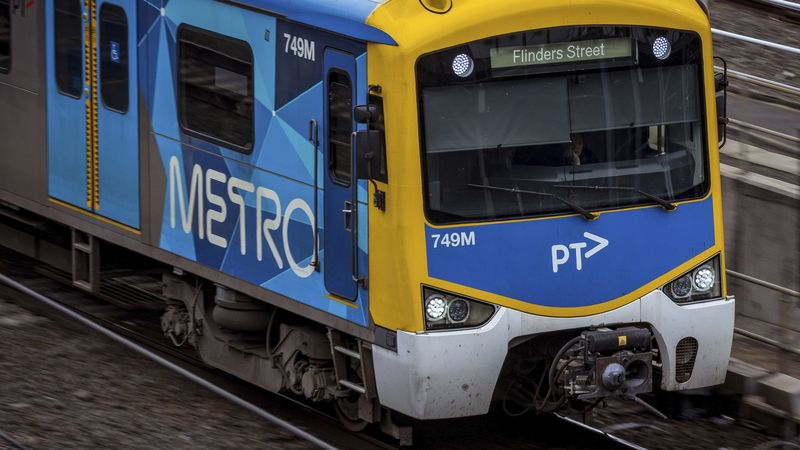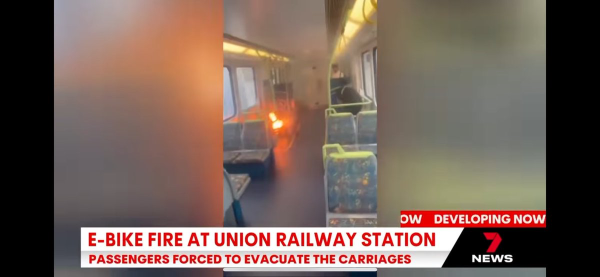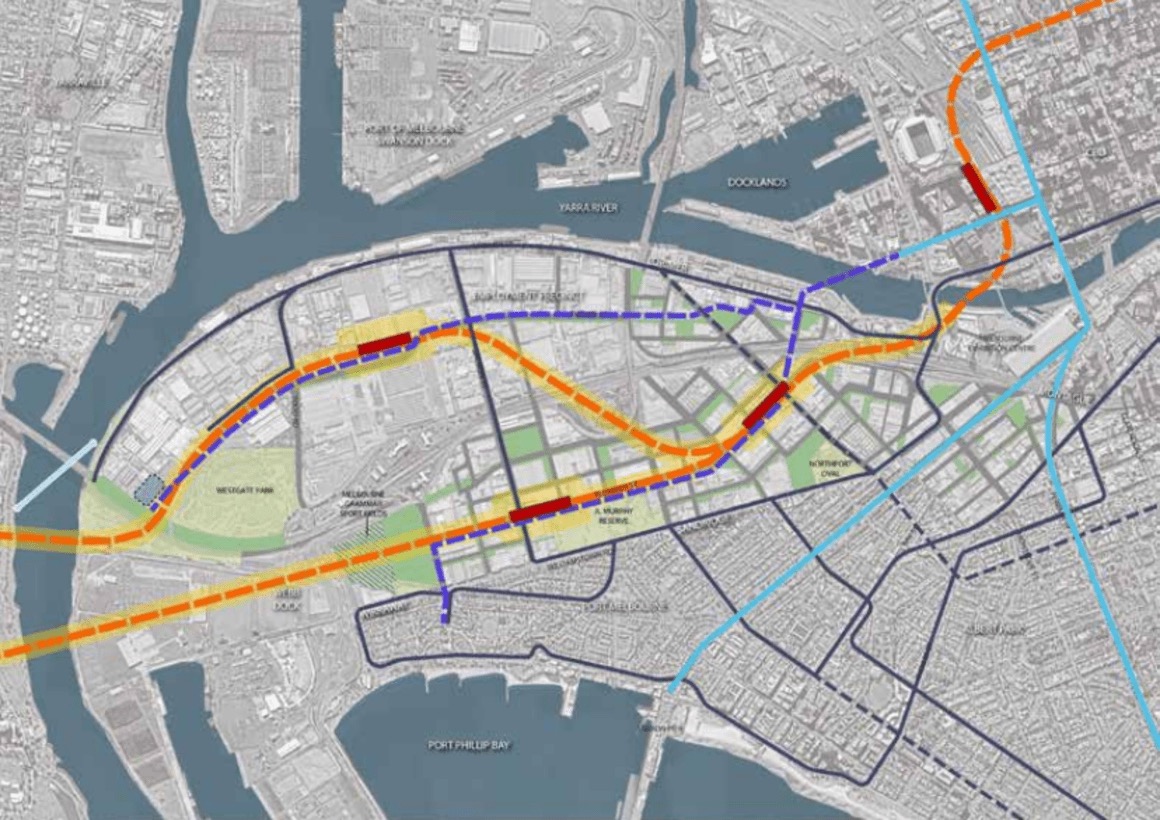A much-needed rail line in Melbourne’s north could be back on track after a landowner lost a court fight to subdivide his property because the government had done nothing with the project for more than 20 years.
Developer George Adams took on Whittlesea Council and Victoria’s Transport Department over the “Epping North transport corridor”, claiming he was being stifled from doing anything with his land because part of the long-touted rail line would cut through it.

Land for the rail corridor between Lalor and Wollert in Melbourne’s outer north was reserved when the area was opened up for new housing more than 20 years ago.
The project, however, has languished as successive state governments ignored it.
The Allan government has now told The Age that it will finally begin a feasibility study into building the line this year looking at local public transport demand, and the need for land acquisition along the corridor.
Adams, who owns industrial properties in Epping North, argued the Victorian Civil and Administrative Tribunal should overturn a ban by Whittlesea Council on him subdividing the part of rail corridor he owns into eight separate lots.

Adams said it was “grossly unfair” to force a private landowner to secure the transport corridor when the state had shown “no manifest intention” to acquire the land or build the public transport route.
He argued the government was reserving his land “by stealth, without either compensation or the ability to use and develop that land before it is actually required”.
The tribunal rejected Adams’ bid, ruling that deleting part of the Epping North transport corridor would not be orderly planning.
The extension would branch off from the Mernda line near Lalor station, with four new stops between Epping Plaza and Wollert servicing growth suburbs set to house close to 100,000 people.
Whittlesea Council wants the rail line built by 2030, arguing in a new 10-year integrated transport plan that residents in the boom suburbs of Epping North and Wollert are increasingly car-reliant.
The Allan government has listed Epping as one of 10 development hubs where it aims to build a combined 80,000 homes within a decade. But rapid population growth and poorly staged development are creating incomplete transport networks, the city argues.
Whittlesea chief executive Craig Lloyd said the council was pleased VCAT had affirmed its refusal to subdivide the land.
“The outcome protects the corridor for the future delivery of a much-needed rail line,” he said.
Bus services are the only public transport available in Epping North and Wollert, but they no longer meet the needs of the community. Demand is expected to exceed capacity by 2025.
Rail Futures Institute president John Hearsch said that with the political will, a heavy rail line could be built between Lalor and Wollert by the end of the decade, with five trains an hour at peak times.
“It’s eminently feasible; we have looked at the development in the area and how much is expected to happen over the next decades, and we are convinced that it should be a heavy rail corridor and should be built within the next five years,” he said.
The Albanese government committed $250,000 to a feasibility study for the corridor in 2022, conditional upon matched funding from the state.
An Allan government spokesperson said the study would get under way shortly, and would consider the transport needs of the Epping and Wollert area now and into the future.
“People living in Melbourne’s north are already benefiting from more trains and less crowding during peak periods on the Mernda and Hurstbridge lines,” the spokesperson said.
Evan Mulholland, Liberal MP for the Northern Metropolitan Region, said the rail extension could be a reality if the Labor government was not spending billions on the Suburban Rail Loop in the eastern suburbs.
“Instead of building a rail line between two existing rail lines, Labor should instead provide the neglected residents of the outer north with decent public transport connections,” he said.
Plans from 2007 for the suburb of Epping north, much of which was built on state-owned land, include a rail extension and a new station along the corridor.
“The government-owned developer [then VicUrban] under the Bracks and Brumby government spruiked a rail line and made money off a rail line that they never delivered,” Mulholland said.
The Age




One thought on “New hope for rail line in to Wollert in Melbourne’s north 20 years in the making”